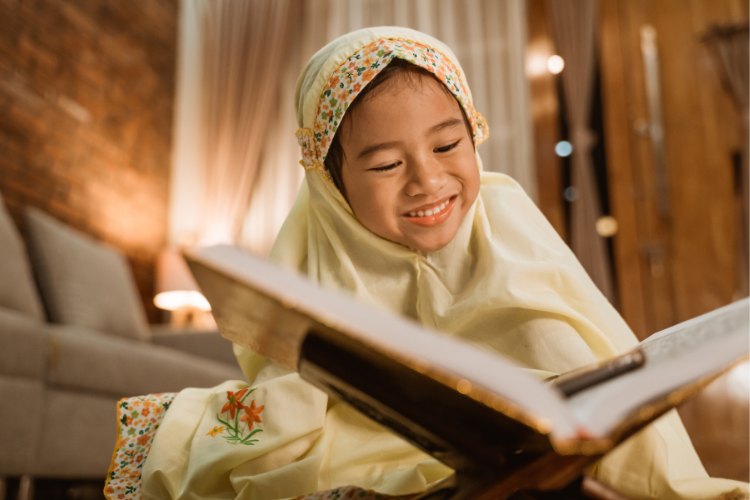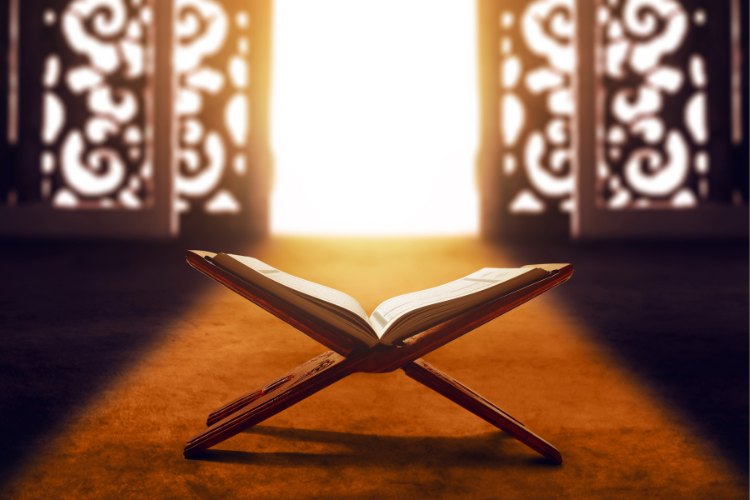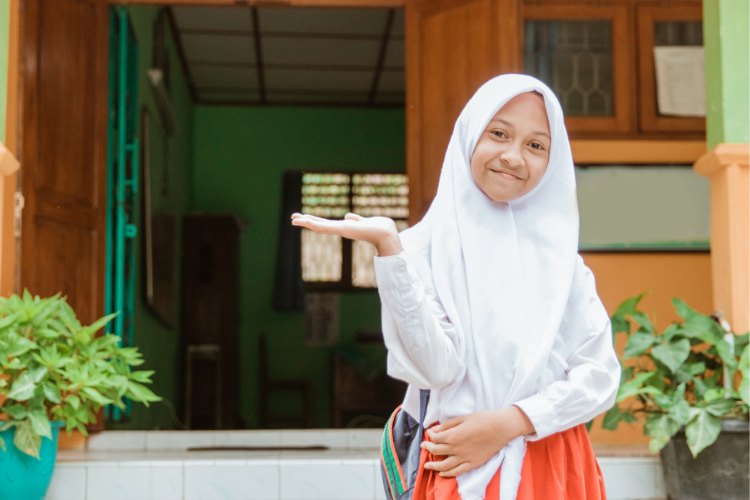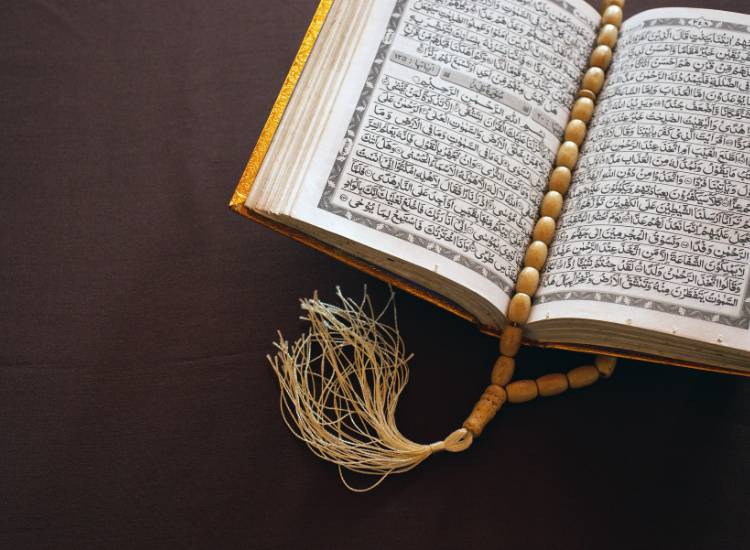Are you wondering at what age do Muslim wear hijab and what influences this important step in a young girl’s life? In Islam, there is no fixed age for wearing the hijab; instead, the focus is on modesty, which becomes essential as girls reach maturity. Many Muslim girls begin wearing the hijab between the ages of 9 and 15, often around the time of puberty, as a sign of commitment to their faith and understanding of Islamic values.
At Madrasat El-Quran, we not only answer when does a muslim woman wear a hijab, but also explain its spiritual significance, cultural context, and Qur’anic wisdom offering clear, respectful guidance for parents, students, and anyone interested in this meaningful milestone.
Table of Contents
ToggleAt What Age Do Muslim Wear Hijab?
when do muslim girls start wearing hijab In Islam, a person is not held accountable for their actions until they reach puberty. Before puberty, accountability is not applied. This is the simple answer to what age do muslim girls cover their hair.
The Prophet Muhammed (peace and blessings be upon him) said:
“The Pen has been lifted from three: the child until he reaches puberty, the sleeper until he wakes up, and the one who has lost his mind until he recovers.”
(Narrated by Abu Dawud, 4402)
Based on this, a girl is required to wear a full hijab once she reaches puberty.
Signs of Puberty in Islam Females And when Do Muslim Girls Start Wearing Head Coverings?
There are three general signs of puberty that apply to both males and females, and they help determine when religious obligations begin, including the wearing of the hijab for girls. These signs include the growth of body hair, menstruation, and reaching the age of 15 in the lunar calendar.
So when asking what age do girls wear hijab, the answer typically aligns with the onset of these signs, especially menstruation. It’s also essential to consider the spiritual significance behind the practice. Learn what does the Quran say about hijab to understand how modesty is encouraged not just as a dress code, but as a reflection of inner faith and dignity.
- Nocturnal emissions (wet dreams)
- The growth of coarse hair around the private parts
- Reaching the age of fifteen
- Additional Sign of Puberty for Females: menstruation is a fourth sign of reaching puberty.
When a girl shows any of these signs of puberty, she becomes obligated to fulfill all required duties and abstain from prohibited (haram) acts. One of these duties is wearing the hijab.
It is the responsibility of parents or guardians to train girls to perform obligatory duties and avoid haram acts before puberty, so that when they reach maturity, these practices become natural and easy for them.
A crucial part of this preparation is teaching them how to perform Ghusl (the ritual purification) correctly.

What Age Can A Woman Stop Wearing Hijab
Some people Asked: when girl take off hejab? But, Allah has allowed elderly women to uncover their faces before non-mahram men, but only if they do not display any adornment that could cause temptation (fitnah). They should avoid wearing attractive clothing or cosmetics.
Allah says (interpretation of the meaning):
As for elderly women past the age of marriage, there is no blame on them if they take off their ˹outer˺ garments, without revealing their adornments. But it is better for them if they avoid this ˹altogether˺. And Allah is All-Hearing, All-Knowing.
وَٱلْقَوَٰعِدُ مِنَ ٱلنِّسَآءِ ٱلَّٰتِى لَا يَرْجُونَ نِكَاحًا فَلَيْسَ عَلَيْهِنَّ جُنَاحٌ أَن يَضَعْنَ ثِيَابَهُنَّ غَيْرَ مُتَبَرِّجَٰتٍۭ بِزِينَةٍ وَأَن يَسْتَعْفِفْنَ خَيْرٌ لَّهُنَّ وَٱللَّهُ سَمِيعٌ عَلِيمٌ
Surah An-Nur (24:60)
Scholars, such as Abu Bakr al-Jassaas, Ibn al-‘Arabi, and al-Sa’di, explained that this verse applies to elderly women who are no longer desirable for marriage.
They are permitted to uncover their faces and hands but are encouraged to maintain full covering as a better option.
This ruling is specific to older women who do not beautify themselves.
Shaykh Ibn Baaz (may Allah have mercy on him) clarified that while it is permissible for elderly women to uncover their faces, it is preferable and safer for them to maintain a hijab, as it avoids potential temptation.
If they wear any adornment, such as makeup, hijab becomes mandatory.

After Learning when do women start wearing hijabs, Let’s talk about how to wear the good Hijab:
How To Wear Hijab Step By Step
The hijab is a meaningful symbol for Muslim women, representing modesty, privacy, and moral values, so after knowing what age do muslim women wear hijab, we have to know how to wear it correctly.
Wearing it correctly follows both religious guidelines and practical considerations. Here’s a brief guide:
Islamic Hijab Guidelines:
- Cover the head, hair, neck, and chest entirely.
- Use opaque fabric, avoiding thin or decorative materials.
- Wear loose, non-form-fitting clothing to cover your body shape.
- Avoid bright, attention-grabbing colors or styles.
Shaykh al-Albani’s Conditions for Proper Hijab:
1. Complete Coverage:
The hijab must cover the whole body, except for what is exempted (e.g., hands and face).
Allah says in the Quran (interpretation of the meaning):
“O Prophet! Ask your wives, daughters, and believing women to draw their cloaks over their bodies. In this way it is more likely that they will be recognized ˹as virtuous˺ and not be harassed. And Allah is All-Forgiving, Most Merciful.”
يَٰٓأَيُّهَا ٱلنَّبِىُّ قُل لِّأَزْوَٰجِكَ وَبَنَاتِكَ وَنِسَآءِ ٱلْمُؤْمِنِينَ يُدْنِينَ عَلَيْهِنَّ مِن جَلَٰبِيبِهِنَّ ذَٰلِكَ أَدْنَىٰٓ أَن يُعْرَفْنَ فَلَا يُؤْذَيْنَ وَكَانَ ٱللَّهُ غَفُورًا رَّحِيمًا
Surah Al-Ahzab (33-59)
2. Not an Adornment Itself:
The outer garment should not attract attention, and clothing must not resemble those worn during times of ignorance.
3. Non-Transparent:
The fabric must be thick, not see-through. Prophet Muhammad (peace be upon him) warned about clothing that reveals a woman’s figure.
4. Loose and Non-Fitting:
Tight clothes that outline the body are not allowed. Clothing must prevent fitnah (temptation) by being wide and loose.
5. No Perfume:
Women are forbidden from wearing perfume when outside. Prophet Muhammad (peace be upon him) said: “Any woman who applies perfume and passes by people so they can smell her fragrance is an adulteress.”
6. Avoid Resembling Men’s or Non-Muslims’ Clothing:
Women should avoid wearing garments similar to men’s or disbelievers’ clothing.
Prophet Muhammad (peace be upon him) cursed women who imitate men and vice versa.
7. Avoid Vanity:
Clothing should not be worn for fame or vanity. Prophet Muhammad (peace be upon him) said:
“Whoever wears a garment of fame and vanity in this world, Allah will clothe them in a garment of humiliation on the Day of Resurrection.”
By following these guidelines, Muslim women can ensure their hijab is worn in accordance with Islamic teachings.

Conclusion
Wearing the hijab properly is an expression of faith and modesty, and understanding At What Age Do Muslim Wear Hijab is essential for guiding young women in their spiritual journey. By following Islamic guidelines, Muslim women can uphold the spiritual and social significance of the hijab, fulfilling their religious duties while embracing their identity with dignity.
Madrasat El-Quran Course, designed for mastering the Quran with Tajweed rules and Islamic studies, provides a meticulous framework for precise and expert recitation.

FAQs About At What Age Do Muslim Wear Hijab
What does it mean when a girl starts wearing a hijab?
When a girl starts wearing a hijab, it signifies modesty and privacy, often in public or around non-family men.
When must a woman wear a hijab?
A woman must wear a hijab when in the presence of non-mahram men, but she does not need to cover in all-female settings, though some may choose to do so.
At What Age is Hijab Compulsory in Islam?
The hijab becomes compulsory once a girl reaches her first menstruation, although some may start wearing it earlier to ease the transition.
When Do Muslims Start Wearing Hijabs?
A Muslim girl starts wearing the hijab when signs of puberty appear, such as menstruation or reaching the age of fifteen in the Islamic (Hijri) calendar. Hijab is a religious obligation

Madraset El Quran Academy
Madraset Elquran Academy is a world-class platform for learning Quran, Arabic, and Islamic Studies, recognized globally for its excellence. As one of the leading online Quran schools, we offer personalized one-on-one sessions with expert native Egyptian tutors, providing high-quality education for learners of all levels.



